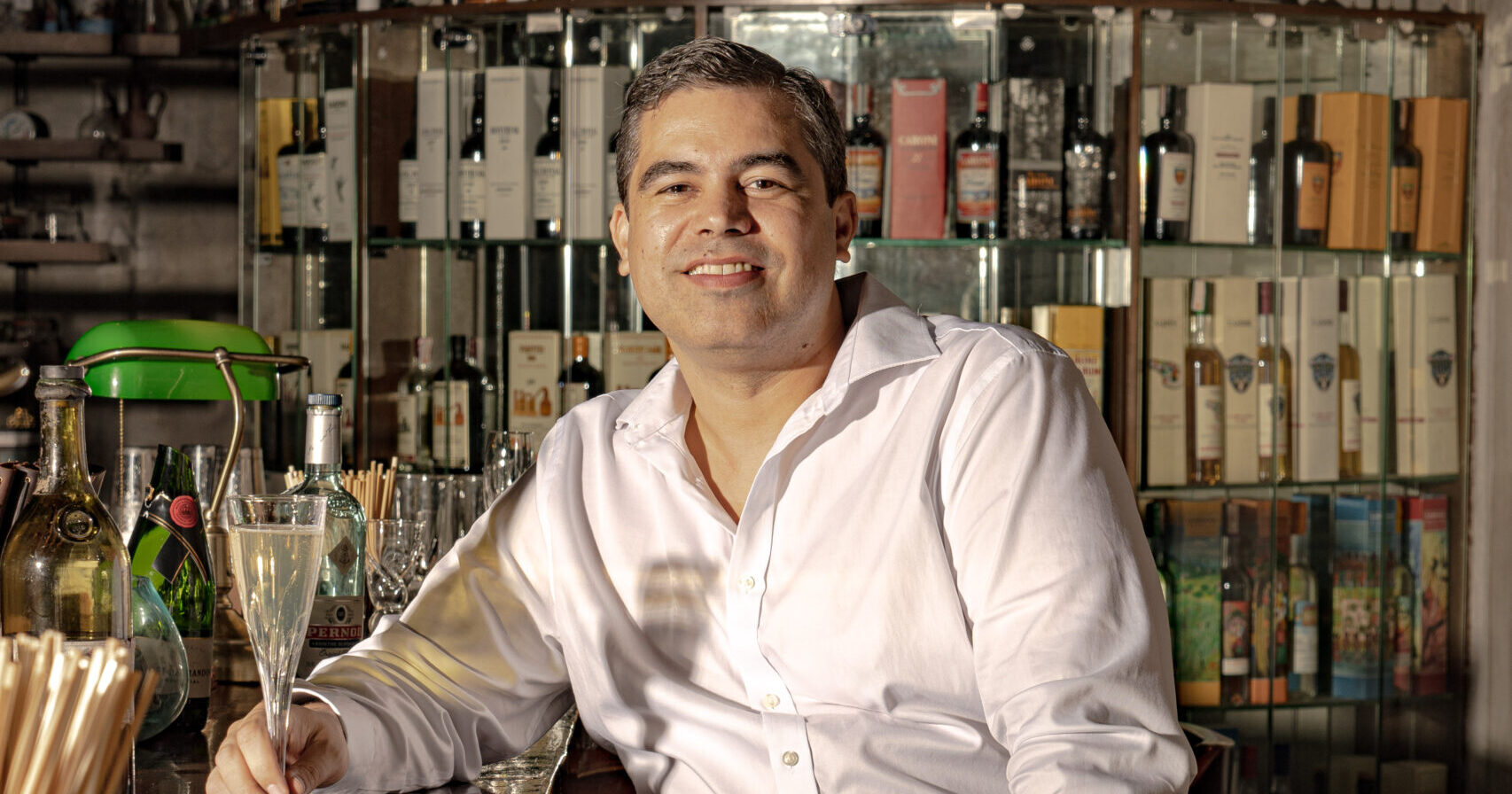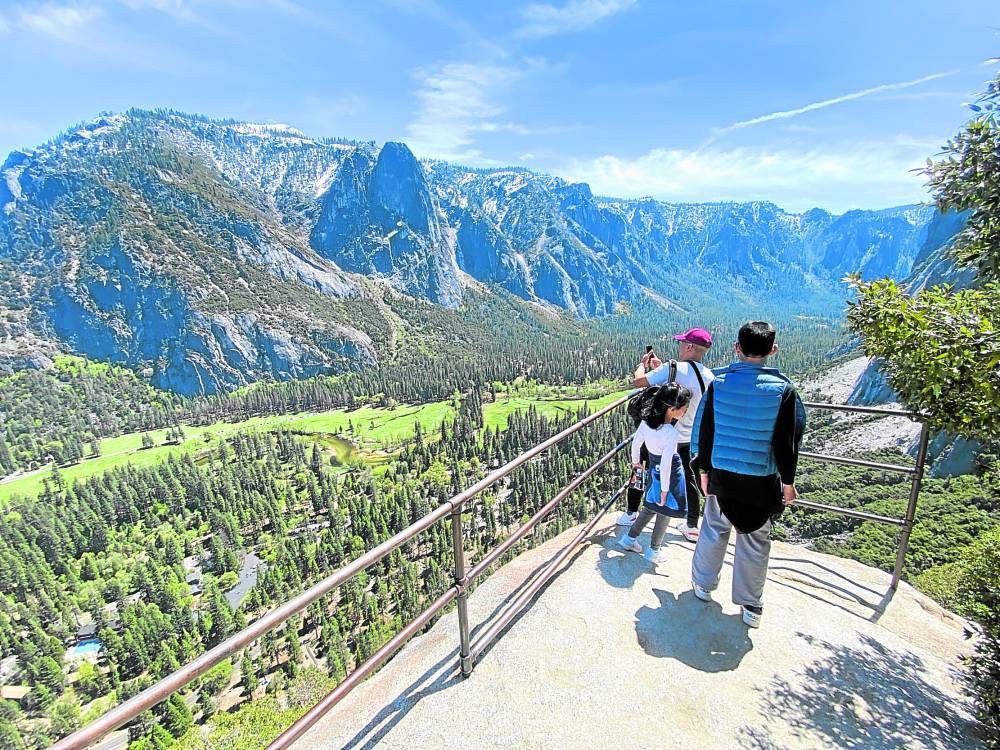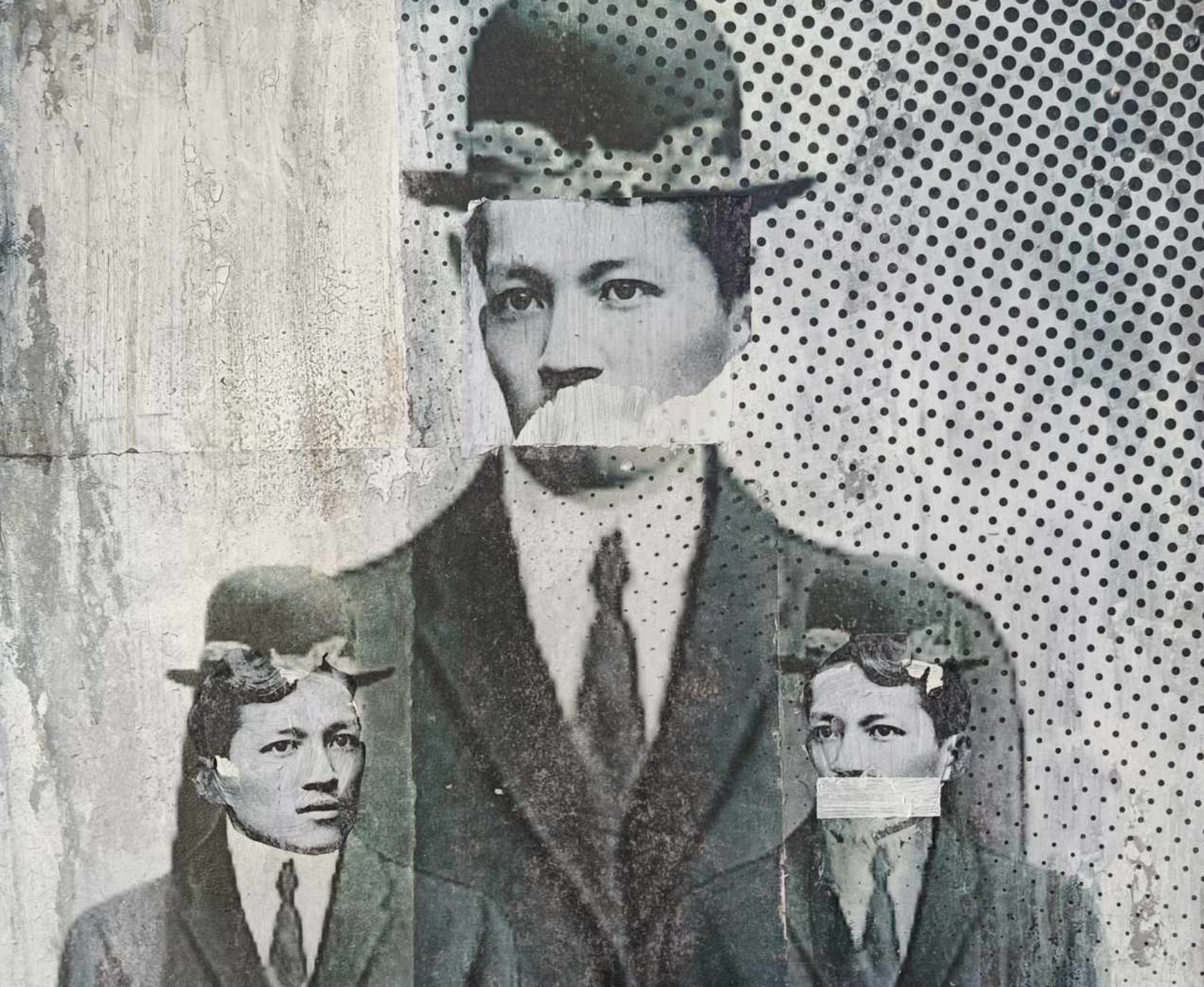Hans Sy was a wee boy when he first met Juvenal Sansó, whom he would come to refer to simply as Tito Juvi. This was the mid-1960s, and the budding artist and Sy’s father, SM founder Henry Sy, were friends. The latter would often invite Sansó, their neighbor in Paco, Manila, to the Sys’ abode.
The older Sy introduced the Spanish artist to his son, then 11, as “a painter.”
“And being a kid, I challenged him. I gave him a piece of paper and a pen and I said, ‘Draw me something,’” Sy, 67, chairman of Chinabank, recalls with a wry smile. Sansó politely obliged and drew a santan flower for the boy.Thus began Sy’s lifelong passion for collecting Sansó’s works.
We are at the SM Group’s offices at the Mall of Asia Complex in Pasay City, and from the receiving area all the way to the deep recesses of Sy’s own offices, on the walls are, unmistakable to the trained eye, Sansó paintings of varied themes and sizes. Sy quite possibly has the largest single collection of Sansó’s works, with over 200 in his possession.
After that encounter in Sy’s youth, Sansó would leave the Philippines to study painting further in Paris and would remain there for over 10 years. On his return, Sy, by then in his 20s, presented the artist with the santan flower that he drew.“He thought that I had just crumpled the paper and thrown it away,” Sy tells Lifestyle. “But I kept it. Maybe he was touched that I kept it. Tito Juvi introduced me to the world of art, and one of the basic things I learned from him was—and that’s why I liked his work—when you look at the artwork, you do not say, ‘Ang ganda’ and look kung sino yung naka-sign. No, to him, the painting itself should be the signature, even from afar. Alam mo na kung sino ’yan. That’s how you appreciate art…”
More than 200 worksAfter almost 50 years of collecting Sansó, Sy has decided to donate his Sansó collection to the BDO Foundation, headed by his sister, Tessie Sy Coson. The foundation is building a new structure where Sy’s collection will be displayed.
“I am a person who always looks ahead … I felt like keeping the collection in the basement of my house and enjoying it for myself, parang it’s not right,” Sy says. “So I have an agreement with my sister Tessie, as they build their building, I will donate all the artworks there and they will open it for the public to see. That’s more than 200 works.”
In 2021, Sy also published a coffee-table book cataloguing his Sansó collection, “Sansó: Essential Elements (Collection of Hans Sy),” written by University of the Philippines professor, art historian and curator Patrick Flores and Ateneo Fine Arts instructor and author Carlomar Arcangel Daoana.
“I collect almost one of each of the young artists, but only local—local masters and the young ones,” Sy says. “Si Sansó lang ang I collected [extensively] … Because when I was young, I couldn’t afford much, I could only afford Sansó. He was still cheap at the time. Since he introduced me to art, what could be better than collecting his work? I might as well be known as a Sansó collector.”In the book’s foreword, Sy recalls the moment he saw Sansó’s 1955 work “Spaghettata” when he was a boy. “It is difficult to put into words what I felt then, but it is worth remembering now because it sparked my interest in his works and paintings or even art in general. I was inexplicably drawn to it. It made me think and made me realize that art is an experience, a personal one.”
When he shows us around his offices, Sy points out works of other artists on the walls, like Mark Justiniani and even Heart Evangelista, who’s Sy’s inaanak sa kasal. There are also early Sansó works that are quite unlike his later expressionist style that most art aficionados are familiar with.“You can see the evolution of his work from when he was in school, and then during and after the war,” Sy tells us. “It’s true that if you look into it the art of the painters after the war, they are a bit on the dark side. It expressed their sorrow and all those things. Even with Sansó you can see the dark side. And then by the 1960s, you can see naging colorful na.”
Old and important works
Sy stopped actively collecting Sansó about 10 years ago when the artist, now in his mid-90s, also stopped painting. “But if there are old works, important works that come out, I do collect. You’ll see in the book, there are many works you’ll never realize are Sansó. Then in the 1950s he was painting human bodies in a certain style that is really him. Most recently, I actually bought an old one and the title is very nice. It’s ‘Window Shopping.’ It depicts the person looking from the outside. You could feel that he really wanted to buy it but he couldn’t afford it because it was just after the war.”Sy’s advice to budding collectors? “The beauty of art is in the eyes of the beholder. Do not ever buy art because somebody says, ‘Ang ganda, ano?’ or ‘The value will appreciate.’ Buy it because you love it. Why? Because when you buy it and display it in your house, you’re the one who’s going to see it every day.”
Sansó, who was born in 1929 in Catalonia, Spain, and migrated with his family to Manila when he was only 4, is already in an advanced stage of Alzheimer’s, his friend and patron tells us. “Before, I would go visit him every now and then,” Sy says. “There was a time he still recognized me but I could feel the Alzheimer’s coming in because I would bring pictures of his own artworks, and he would look at me and say, ‘Ganda, ‘no?’ without recognizing his works. At some point he didn’t recognize me na rin.”
In the book, Sy writes perhaps the most fitting tribute to—and the most telling of his admiration and affection for—Sansó: “Being Spanish-born, he remains a Spanish citizen but is a Filipino in heart and mind. He lived like a Filipino, perhaps is more Filipino than many of us, and dare I even say that he is more Filipino than Spanish. He will not be recognized in our country as a National Artist, but to me, he is my National Artist.”
INQ

Hans Sy and his “Tito Juvi” Sansó, Manila ca. 1980s —Photos reprinted with permission from “Sansó: Essential Elements”
.
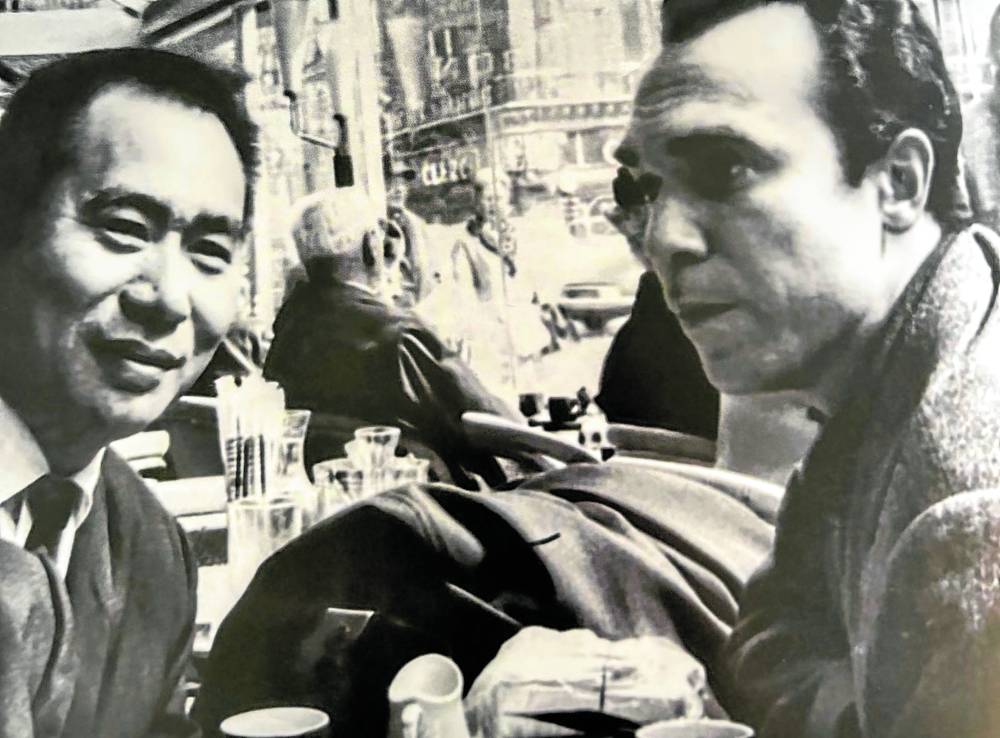
Henry Sy and Juvenal Sansó in Rome, 1950s
.
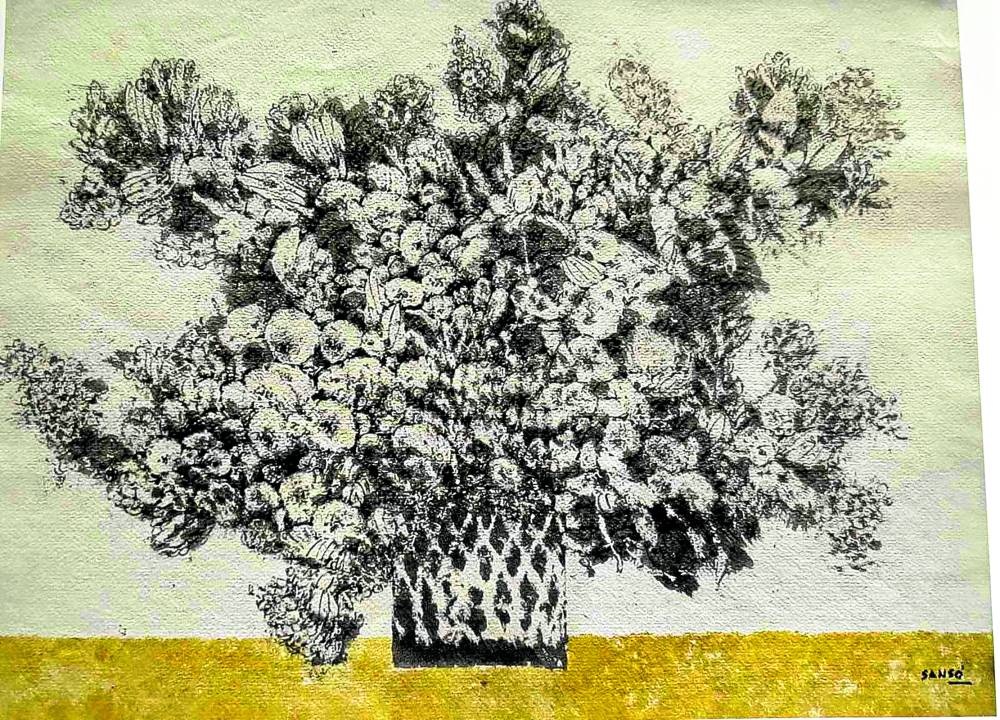
“Facing Fortunes,” 1995
.
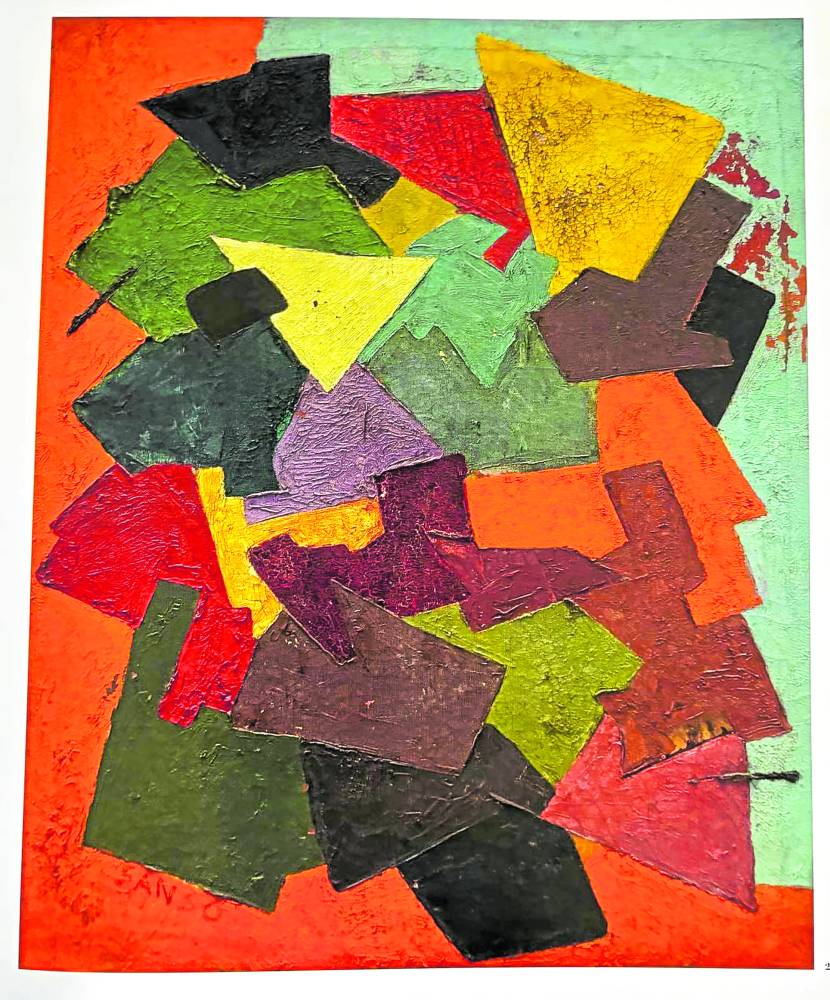
“To Be Or Not To Be,” 1951
.
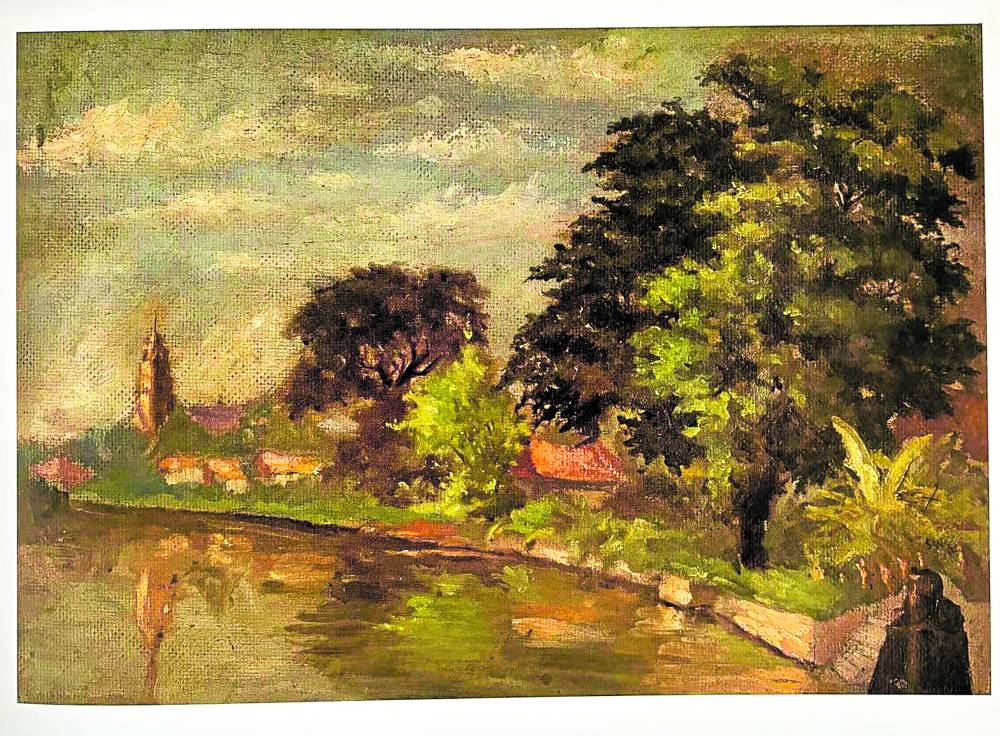
“Sta. Ana by the Pasig,” 1948
.
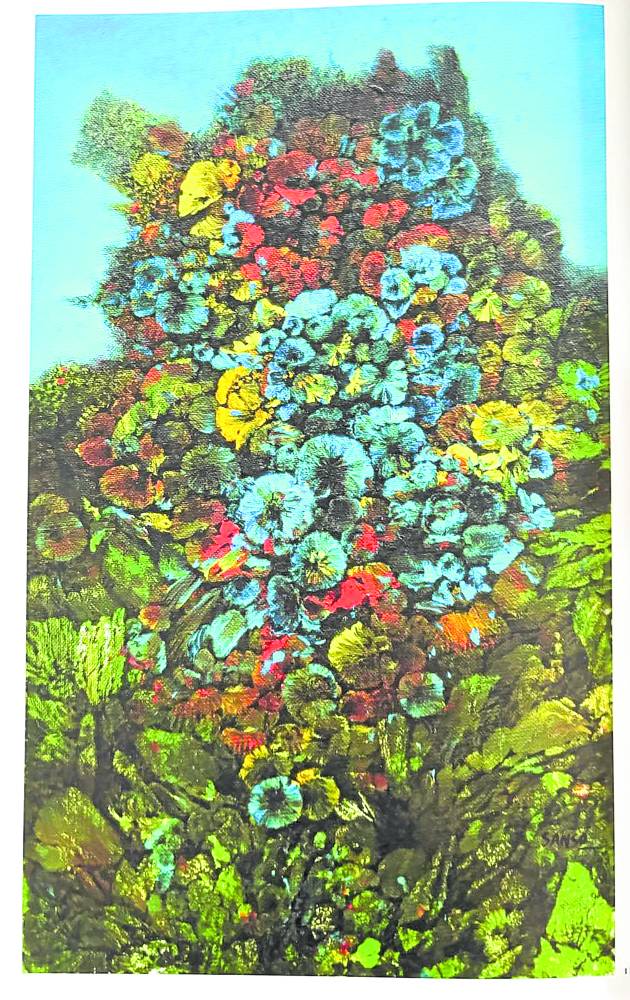
“Untitled”
.

“A Bridge of Light,” 1987
.

Sy in the boardroom, with a Sansó behind him —CONTRIBUTED PHOTO
.

Hans Sy poses with a Sansó in his office —CHECHE V. MORAL
.
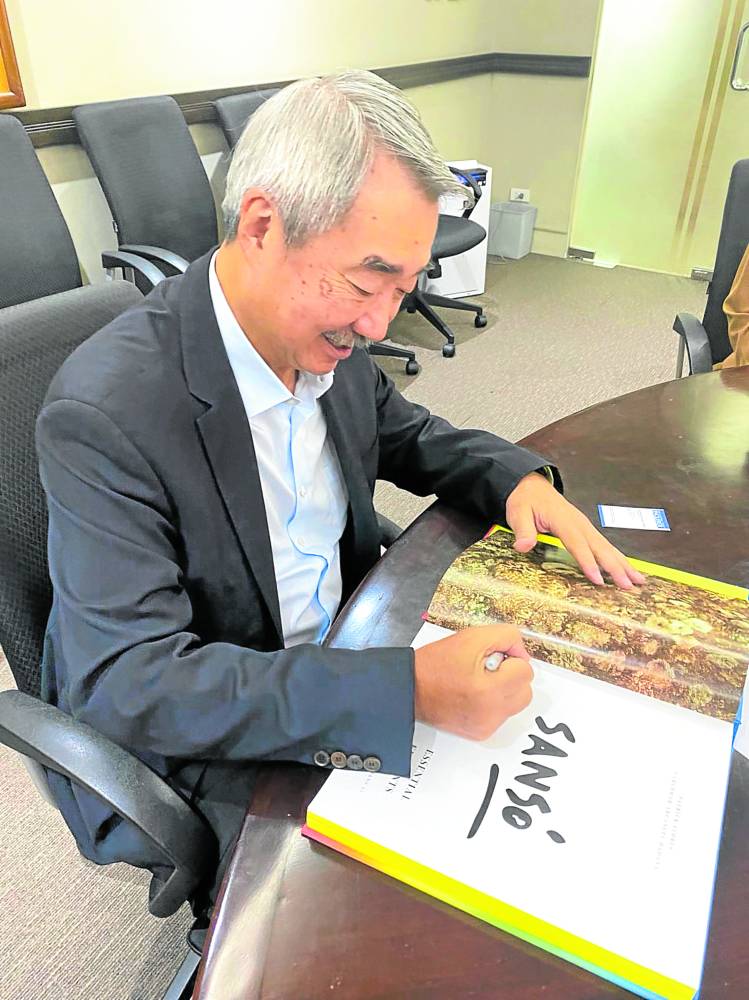
Sy signs a copy of “Sanso: Essential Elements.” —CHECHE V. MORAL
.

“Untitled”
.
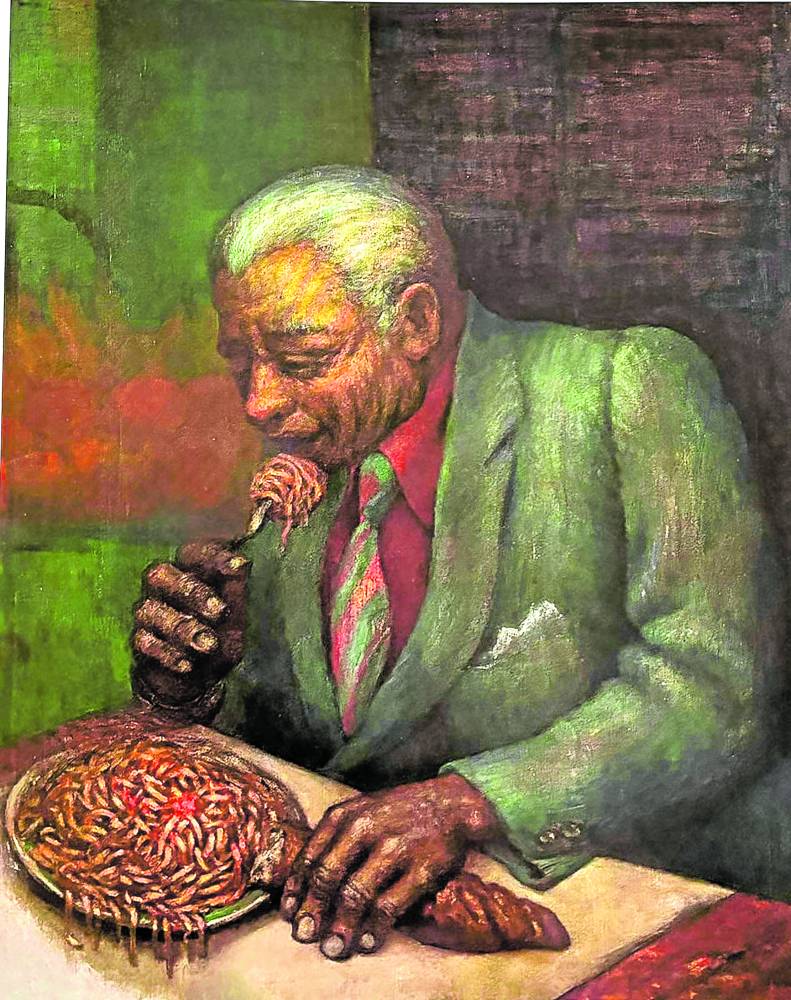
“Spaghettata,” 1955
.
###—###
#Byline2
@missyrabul












